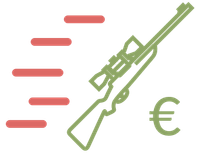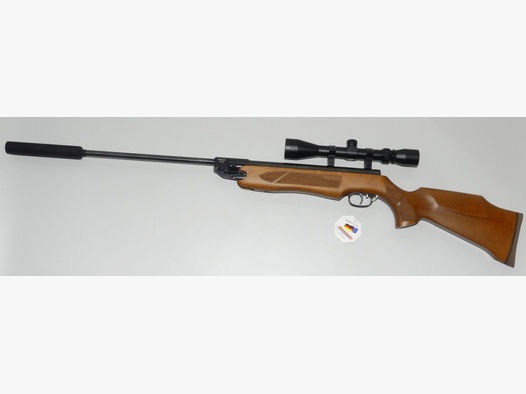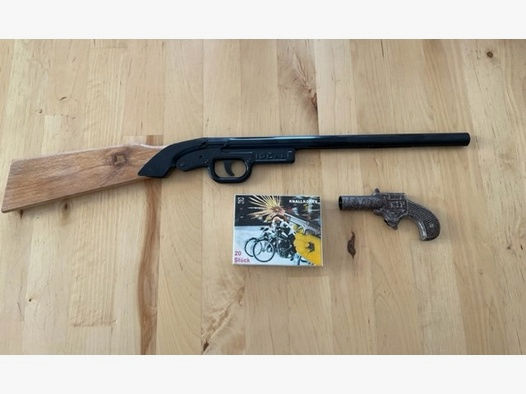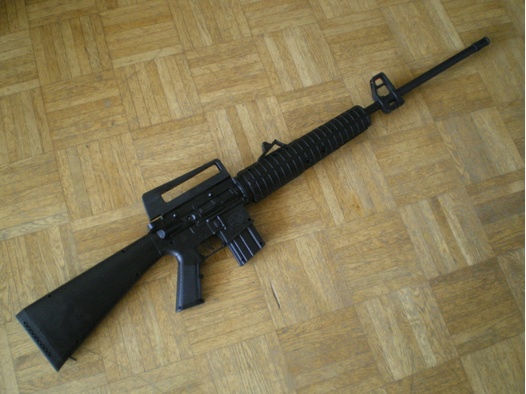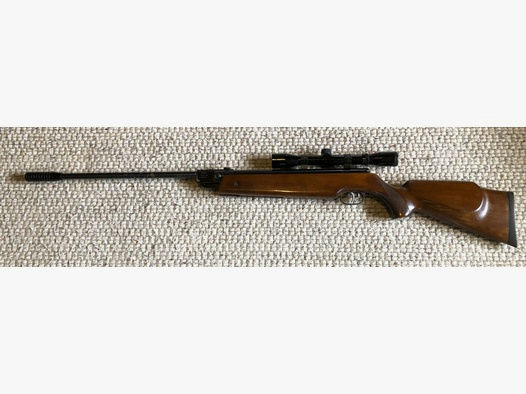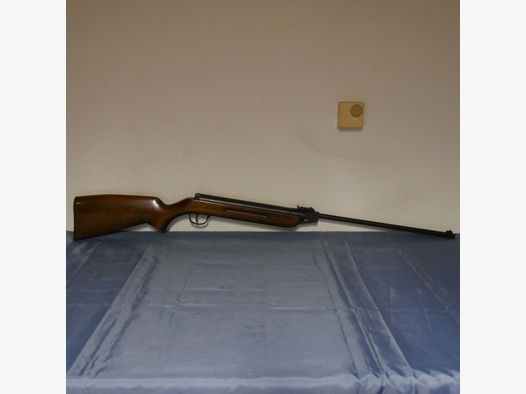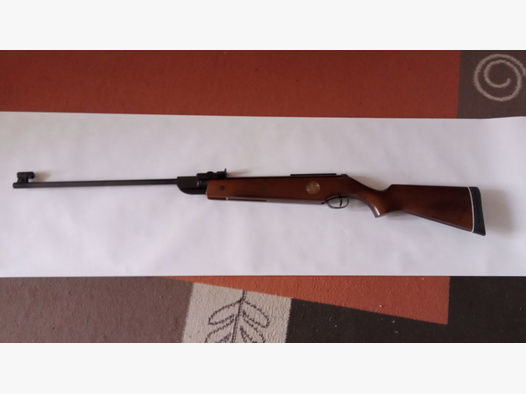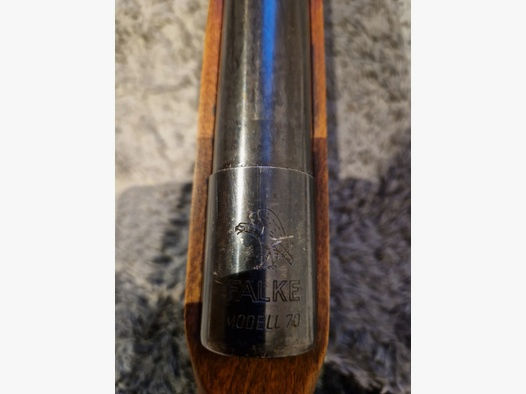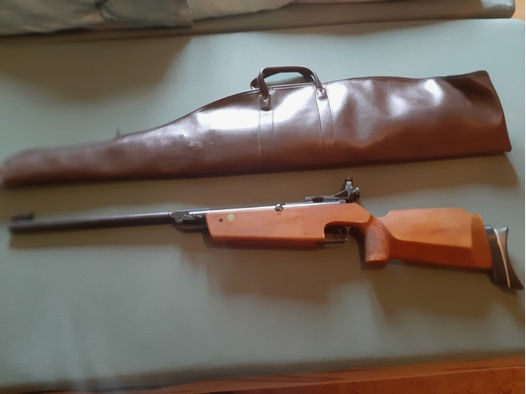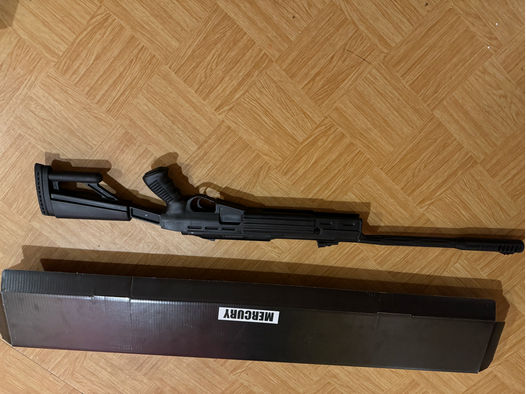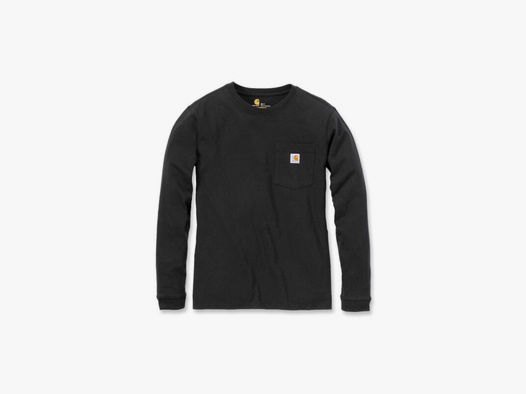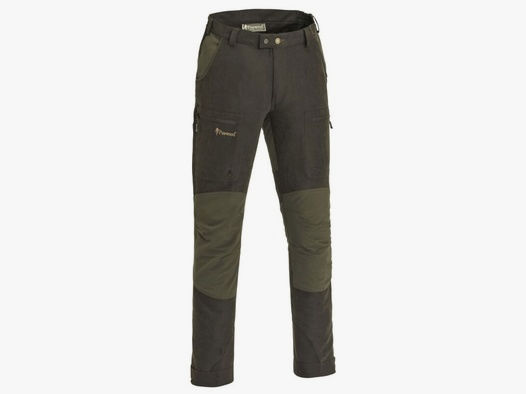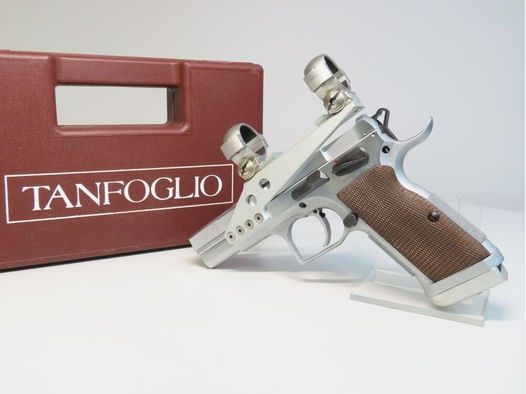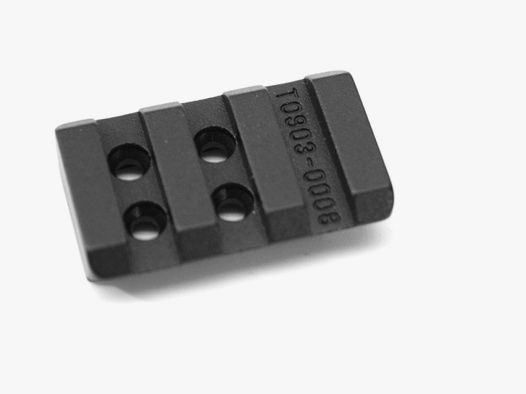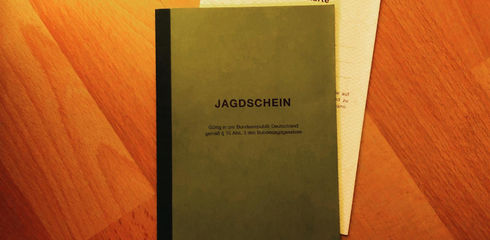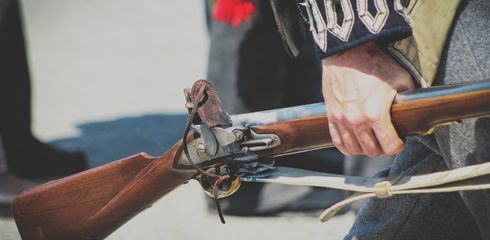Whether we're looking at old air rifles, sporting paintball markers, or modern airsoft and RAM guns, compressed air weapons are probably among the most popular weapons around. For many, they are the first entry into the world of shooting sports. This article therefore deals with the essential information around the topic of compressed air and spring pressure weapons in the weapons law.
Air pressure or compressed air
Although I do not want to go into the different compression methods of the currently popular models, there is one thing that I am particularly concerned about:
In the weapons, the bullets are accelerated by compressed air. Compressed air is therefore used. The term "air pressure", on the other hand, has more to do with the weather. So this term is often used colloquially incorrectly, but of course this does not change the legal classification of these weapons.
Legal classification of air weapons
So, the first thing to clarify would be whether compressed air weapons are weapons at all in the sense of the Weapons Act and whether it applies accordingly. The definition can be taken directly from the first paragraph. "Weapons are, among other things, firearms." And essential characteristic of firearms in turn is that projectiles are driven through a barrel. // Annex 1 WaffG
This is, of course, also the case with compressed air weapons, which is why, by definition, they are indeed firearms and thus also weapons within the meaning of the Weapons Act. However, unlike in the case of live firearms, the law has a number of simplifications in store, which relate primarily to the acquisition and possession of these weapons.
Acquisition and possession
First of all, the handling of weapons is, of course, only allowed to persons who have reached the age of 18. Beyond that, however, the acquisition and possession of compressed air weapons is in principle permit-free. However, this only applies if the projectiles are given a maximum kinetic energy of no more than 7.5 joules. Such weapons must also be marked with the test mark "F in a pentagon".
However, there are also weapons that do not require an F mark and still belong to the permit-free weapons. These include compressed air weapons that were manufactured in the FRG before January 1, 1970, or in the GDR before April 2, 1991, and were marketed in accordance with the regulations in force at those times. Further details are provided in Annex 2 to the Weapons Act.
Carrying and transporting a compressed air weapon
As described above, compressed air weapons are firearms and therefore require a corresponding permit to be carried. This is granted in Germany by a weapons license. See also § 10 Abs. 4 WaffG. Carrying without this permit is a criminal offense and can even be punished with imprisonment or a fine. A weapon leads however naturally only that, which exercises also really the actual power over it outside of the own dwelling, business premises, the own contented possession or a shooting place.
If you only want to transport the weapon from A to B, you do not need a permit. However, according to Section 12, Paragraph 3 of the Weapons Act, the weapon may only be transported from one place to another "not ready to fire" and "not ready to be accessed". The weapon must therefore not be loaded and should at best be in a locked container. Then there are no problems on the way to the shooting range or the playing field, if you are ever controlled by the police with airsoft weapons or paint markers.
Shooting with air guns
Now we come to the shooting with compressed air weapons. This also requires permission. Exceptions to this can be found this time in § 12 paragraph 4 WaffG. Shooting without a shooting permit would be permissible, for example, by the owner of the house right or with his consent in the pacified property. However, it should be noted that the projectiles may not leave the property. One should therefore always set up a suitable bullet trap or shoot only in closed rooms.
Contrary to the aforementioned age restriction, however, children and young people are also permitted to shoot air rifles and air pistols at suitable shooting ranges under certain conditions. The exact provisions can be found in Section 27 (3) of the Weapons Act.
Storage
Finally, the correct storage of compressed air weapons remains to be clarified. Here, too, the Weapons Act and the General Weapons Act Ordinance contain certain requirements. According to the law, these weapons must be stored unloaded and at least in a locked container. However, a security container such as a weapons cabinet is not required for this. After all, these are also so-called free weapons. In any case, one should be able to guarantee that unauthorized persons do not have access to the weapons. // § 13 para. 2 AWaffV
Compressed air weapons under 0.5 joules
By the way, a special feature of the Weapons Act that should not be neglected concerns compressed air weapons under 0.5 joules and thus mainly airsoft players. These weapons are partially exempt from the Weapons Act. Therefore there is no age restriction, but nevertheless the § 42a WaffG (the prohibition of the carrying of apparent weapons and certain portable objects) applies. I might write a detailed article about this in the future. You will certainly find it here in Gunfinder Magazine.
More information on compressed air weapons and of course other free weapons can be found on my YouTube channel "Kwannick - Waffengesetz und Co". Here I have also already published a video on 5 airsoft myths in gun law.
Disclaimer: The excerpts from the Weapons Act are taken from the currently valid version of 01.09.2020. The author of this article assumes no responsibility for the timeliness, accuracy and completeness of the information provided.
